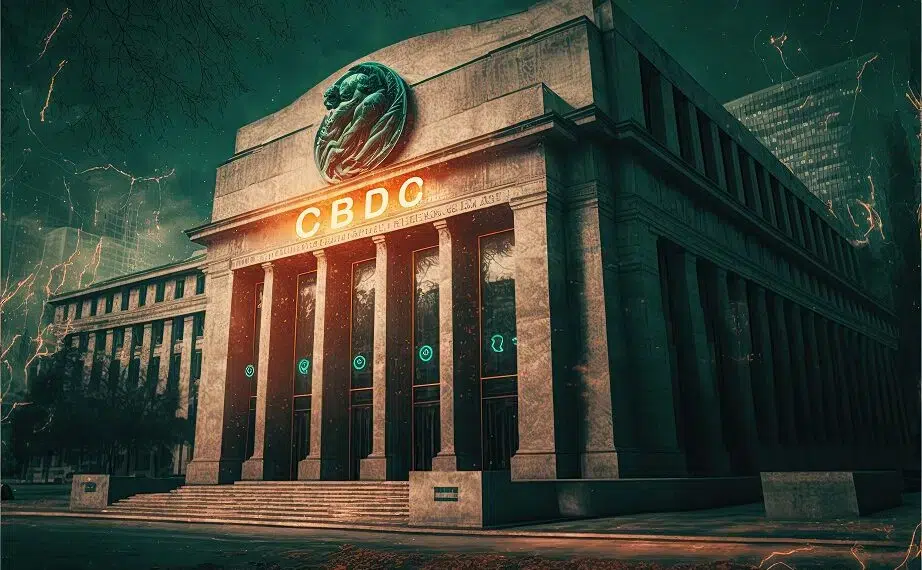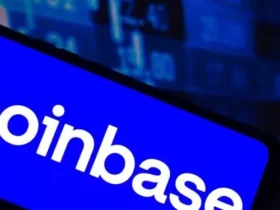Within the framework of the executive order signed by President Donald Trump, on January 23, the explicit prohibition of the United States issues a Central Bank digital currency (CBDC).
It is a prohibition that occurs in a context in which the number of countries has been growing that develop this type of currencies.
As cryptootics has reported, such a fact has resulted in that currently 98% of the world economy be exploring the development of digital versions of their currencies. This is indicated by the statistics published by The CBDC tracker, cbdctracker.org.
They have, in that sense, approximate 134 countries worldwide advance in the development of their digital currencies. The data show that more than 68 projects are in an advanced exploration phase, in development stages, in pilot test or launch.
China remains the leader in the CBDC race, having the Yuan Digital (E-CNY) as The biggest pilot project and the most advanced of all the world.
The calculations until mid-2024 point to a total volume of transactions that only last year reached 7 billion E-CNY (986,000 million dollars) in 17 provincial regions.
The list of projects launched globally included the Monetary Union of the Eastern Caribbean, formed by 8 countries, where the availability of the CBDC project identified as DCASH was suspended due to technical problems. Currently, they are developing a new pilot.
This global advance is presented in the midst of a massive rejection by the public, which in general sees these currencies as control mechanisms.
Despite this, the governments of several countries have continued advancing with their plans, although the majority They are re -enforcing the projects, with a view to developing wholesale CBDC (instead of retailers). The goal is to create hybrid digital coins that not only allow payments within their countries, but also for international payments.
US Participate in the Agroorizo project, of wholesale broadcast. It is in the design phase and is advanced by the International Payment Bank (BIS) together to six other central banks.
Additionally, the Federal Reserve (FED) has carried out since 2020 tests with the “Fowire” project. The so -called digital dollar would be issued within it.
The Boston Federal Reserve Bank also announced that it worked with researchers from the MIT Digital Currency Initiative (DCI), in a collaboration of several years to build and try a platform of digital currency of the central open source bank “hypothetical”.
However, what is expected now is for the United States to leave these projects sideways, Following the opinion of the Executive Order issued by Trump. Above all, considering that it establishes that “any ongoing plan or initiative in any agency related to the creation of a CBDC within the jurisdiction of the United States will end immediately and No more measures can be taken to develop or implement these plans or initiatives ».
In any case, it must be remembered that the country’s participation in these CBDC tests was presented in a context in which, every time, The possibilities were lower that a retail digital currency will be launched. From the Biden administration, doubts and many prohibitions had been raised, with politicians and leaders expressing their opposition.
In fact, the former governor of the Federal Reserve, LaLel Brainard, repeatedly explained that the Fed still I had not made a formal decision and definitive about whether to officially launch a digital currency.
The rejection of this type of coins within the United States has climbed in recent months, both stately and federal, as there were several The state governors that issued prohibitions for the use of this type of currencies.
Last May, the House of Representatives approved a bill that prohibits the direct issuance of a CBDC. This proposal is pending for the debate in the Senate. In the current context It is not known if it will advance Under the Trump administration, although its content agrees with what the executive order says.
If this project was approved, it would have as an advantage that, by becoming law, it could not be repealed by another government.

CBDC are transformed into geopolitical tools
Among the projects that continue advancing, the proposal of the European Central Bank is, which so far remains willing to launch a digital euro. This, under the premise that Trump’s policies “would take the clients of the banks,” giving space for a CBDC.
Such fact is a sample of a trend that is taking CBDC to become In new geopolitical tools. A situation that has become more palpable with the changes generated after the invasion of Ukraine in 2022.
In this way, it is observed how, after the sanctions applied to Russia, the cross -border projects of wholesale come in clear ascent. Among those wholesale projects are Mbridge, which connects banks in China, Thailand, the United Arab Emirates, Hong Kong and Saudi Arabia, and to which more countries may join.
In this regard, the investigation of the ATLANTIC ASCUNCIL experts shows that so much G20 nations such as that integrate the BRICS They are very interested in the development of CBDC for cross -border payments.
All the original Member States of BRICS (Brazil, Russia, India, China and South Africa) are testing a CBDC, the study indicates, remembering the fact that these countries have been making great efforts, since last year, by The development of an alternative payment system to the dollar.
Something similar happens with the G20, with all the countries of the group exploring a CBDC. «19 of them are in advanced exploration stages; 13 countries are already in the pilot stage, ”says the report. Among them are Brazil, Japan, India, Australia, Russia and Turkey.
They are facts that predict – to the long term – that most likely it is that The wholesaler CBDC lastbecoming one of the main tools used by the different regional blocks for the management of international trade dynamics.






Leave a Reply